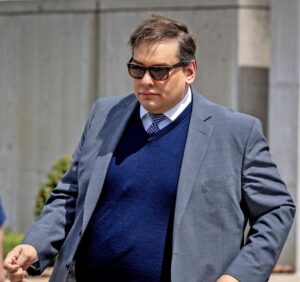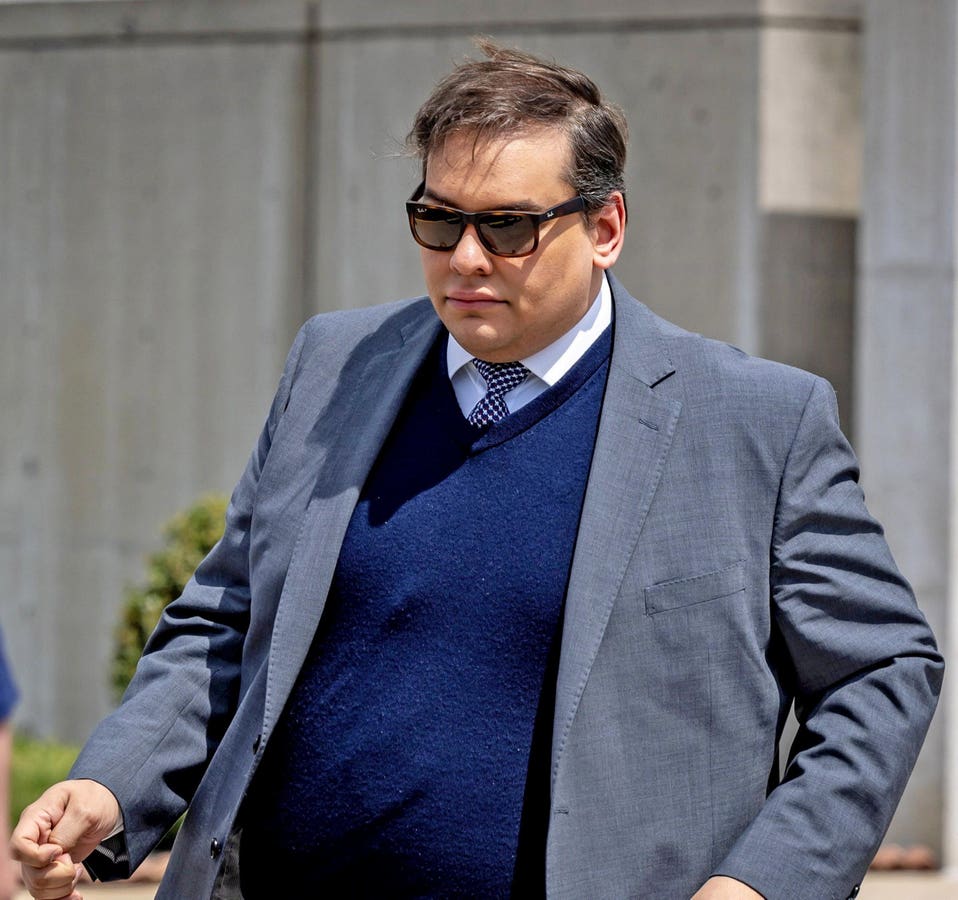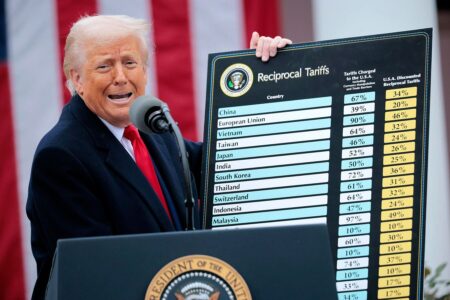Disgraced former Congressman George Santos was sentenced on April 25th to the maximum sentence under the sentencing guidelines of 87 months after pleading guilty to wire fraud and aggravated identity theft. Santos had originally been charged in May of 2023 with seven counts of wire fraud, three counts of money laundering, one count of theft of public funds and two counts of making materially false statements to the House of Representatives.
Five months later, a superseding 23 count indictment was filed against him charging him with one count of conspiracy to commit offenses against the United States, two counts of wire fraud, two counts of making materially false statements to the Federal Election Commission, two counts of falsifying records submitted to obstruct the Federal Election Commission, two counts of aggravated identity theft, and one count of access device fraud, in addition to the counts he was charged with in May.
The charges referred to a myriad of offenses related to his 2022 successful campaign for congress from New York’s 3rd congressional district as well as personal financial crimes unrelated to his campaign.
Specifically, Santos filed false reports with the Federal Election Commission in order to qualify for funds from a national party committee; committed identity theft and credit card fraud by charging the credit cards of contributors of his campaign repeatedly without authorization transferring the funds both to his campaign and his own personal bank account; set up a limited liability company purportedly to support his campaign, but instead diverted contributed funds to his own personal use; applied for and received unemployment compensation funds while working; and filed false financial disclosures with the House of Representatives.
If these charges appear complex, it is because they are. White collar crimes are intricate and complicated crimes that often may appear difficult for juries to understand which is why prosecutors often use wire fraud as the bulwark of their charges.
In 2022 Elizabeth Holmes was convicted of one count of conspiracy and three counts of wire fraud for misleading investors at the blood testing company Theranos. The operation of Theranos and her role in it was extremely complicated and proving other forms of white collar crime could have been difficult for a jury to understand, but wire fraud simplifies the process. Much like Supreme Court Justice Potter Stewart statement about distinguishing between hard core pornography and soft core pornography that, while he could not define it, he knew it when he saw it, so it is with wire fraud. We may have difficulty specifically defining specific elements of fraud, but we know it when we see it. Fraud has been simply defined by the Supreme Court in the case of Hammerschmidt v. US as deprivation of something of value by “trick, deceit, chicane or overreaching.” In order to prove wire fraud all that is necessary is to show any kind of falsehood designed to deprive someone of something of value and that this was done using a phone, fax, email, text message or computer even if the use of these tools was not an essential part of the crime.
Mail fraud, the predecessor of wire fraud was described in a law review article in the Duquesne Law Review by Judge Jed Rakoff in a manner that applies equally to wire fraud, “To federal prosecutors of white collar crime, the mail fraud statue is our Stradivarius, our Colt .45, our Louisville Slugger, our Cuisinart – and our true love. We may flirt with RICO, show off with 10b-5, and call the conspiracy ‘darling,’ but we always come home to the virtues of 18 U.S.C. 1341, with its simplicity, adaptability, and comfortable familiarity.” And so it is with wire fraud which followed in the natural evolution of mail fraud. Prosecutors can simplify the cases they present to juries to avoid the complications and confusions at the core of many white collar crimes that could potentially lead to reasonable doubt and an acquittal.
So ultimately George Santos pleaded guilty to wire fraud and aggravated identity theft thus avoiding the very real possibility of being convicted of the remainder of the 23 charges from his indictment and facing a much longer sentence while prosecutors avoided a complicated trial in which the possibility of confusing a jury could potentially have led to an acquittal.
Read the full article here











